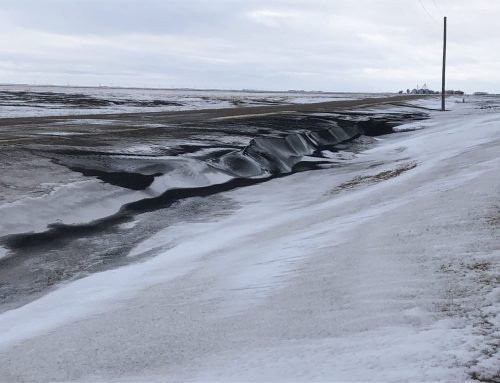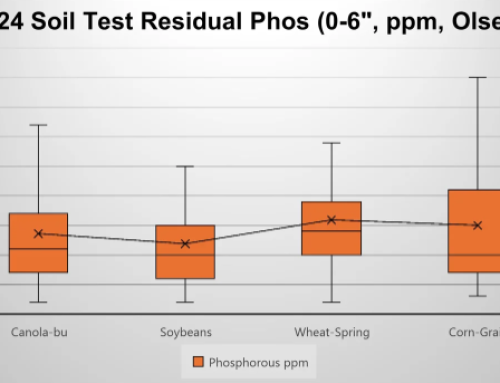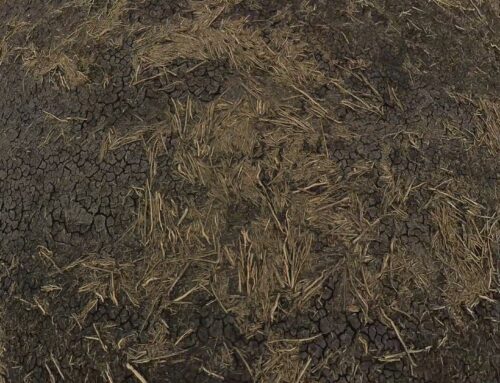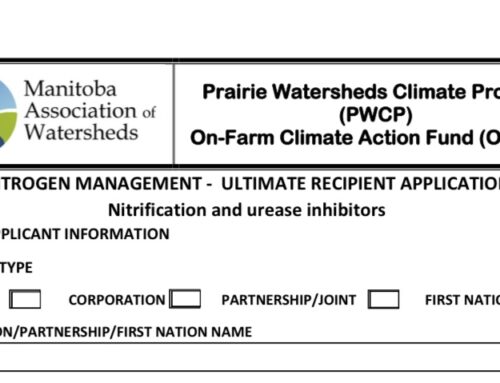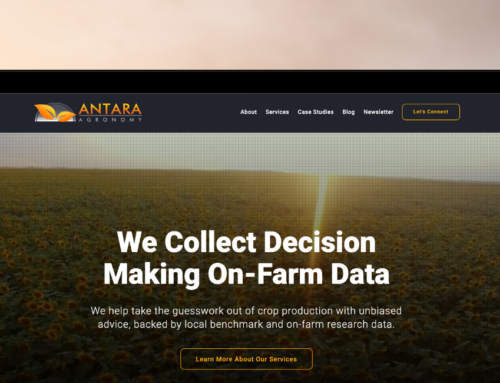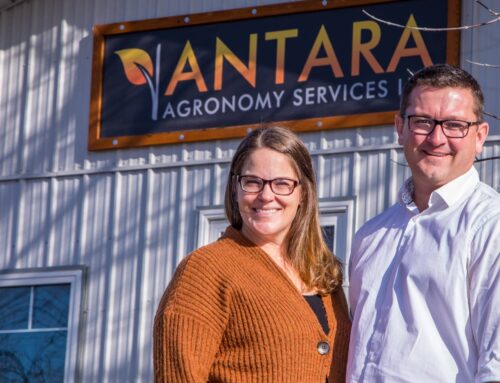I recently participated in a Faculty conversation hosted by the Department of Agriculture at the University of Manitoba to discuss the importance of improving soil health and producer profitability within the 4R Nutrient Stewardship framework.
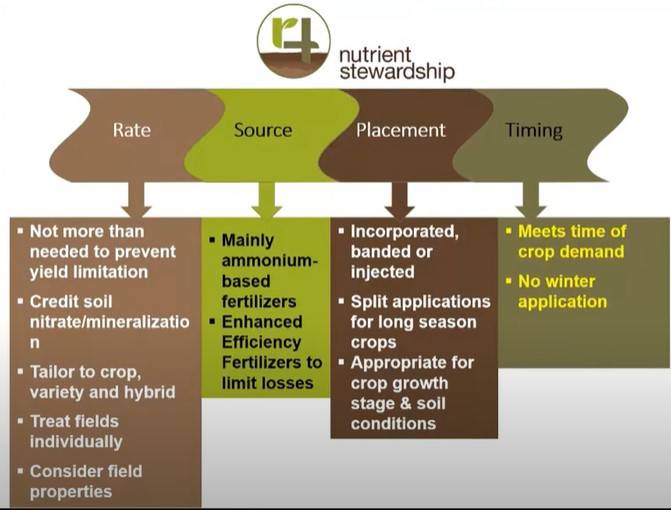
This framework was developed as a guideline for producers to do things “Right” on their farm in terms of fertilizer use. The four components to the framework are choosing the right fertilizer, applying it at the right rate, at the right time and in the right place. These guidelines are very important to adhere to as continued yield gains are dependent upon the optimal use of the nutrient additions to the soil. Nutrient applications have been increasing over the years to keep up to the yield potential of the new varieties we have today.
The application rate, which will determine the quantity the producer will purchase, is often decided based on their farm’s BMPs. Some producers will consult with an agronomist or the fertilizer sales rep to help set rates and choose the best product for their needs. Other producers will use their soil sample results to determine the residual nutrients in their field, how much will be available to the crop next year and what they need to apply as additional fertilizer to meet the fertility needs of the crop. Dr. Mario Tenuta showed a few graphs of the increasing demand for additional fertilizers to match the growing demand of the main crops grown in Manitoba.
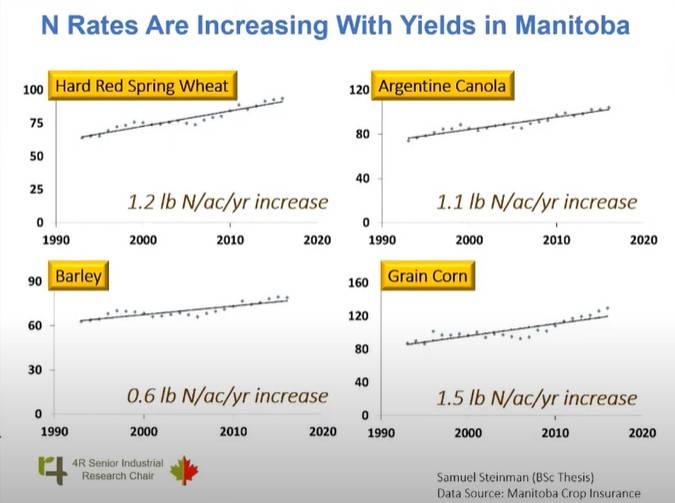
Luckily, advancements in fertilizer technology has kept up with the growing demand for fertilizer use and we have many technologies available today compared to a few decades ago. EEFs help keep fertilizers in a form that is less susceptible to environmental losses (leaching or denitrification) until the plants need them. These technologies help reduce fertilizer losses, increase fertilizer efficiency and ultimately aim to make the producer more profitable.
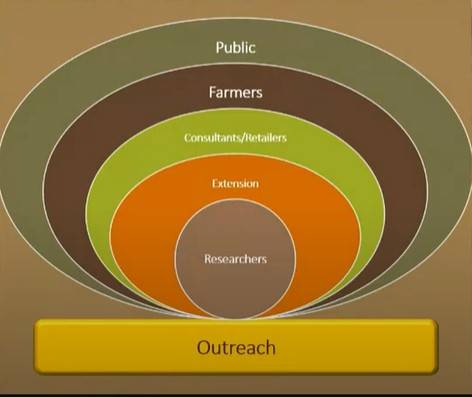
Another part of the discussion focused on how future research will be conducted and what role the University, the Province and Research consultants will play. Dr. Tenuta, John and I all agreed that the traditional method of small plot research hosted at university research sites might be a thing of the past and that large, field-scale trials hosted on producers fields, using their equipment, could provide more accurate results, as well as peak the interest of more producers on how to improve the profitability of their own land while managing soil health. A consensus was also reached that educating the consumer on how their food is produced and demonstrating the care farmers take to ensure it’s done sustainably, it a critical piece to the entire system.
If you would like to learn more about the 4R framework, I encourage you to follow this link (https://www.youtube.com/watch?v=xgJSSTemiQU) to enjoy the entire Faculty conversation posted on YouTube. In the comment section below, let me know your thoughts and experiences with the 4R guidelines on your farm on their own land.

